This week at my internship was mainly focused on building and flying kites.
On Monday, we were given a new project to work involving kites. We were tasked with building a proto-type attachment for a kite that would hold a telescope. This kite would be sent to Australia in order to view an upcoming solar eclipse. We began the day by discussing possible ideas for the attachment. We ended up with a design that would use clips to hold a pole in the center of the kite with an adjustable ballast and would be able to rotate in order to keep the telescope pointing up during flight. We decided to use a Solid Works in order to be able to 3-D print the joints for our ballast pole. After printing out all the pieces we put them together and attempted to fly it but it needed more tweaking which we would work on later that week.
On Tuesday, we built rockets that we planned to launch on Friday during a cookout to celebrate the other interns that were leaving at the end of the week. We began by watching a brief presentation about the history of rockets and how they work. The rockets we were building were pre-designed so all we needed to do was take the pieces and put them together but it was still a fun experience. The engines we were using to propel the rocket were not that powerful and thus were only able to take the rockets around a thousand feet into the air. After we finished building our rocket, we spray painted it black and blue with a white stipe spiraling down the shaft (rocket on the left of the image below).
(Rockets)
On Wednesday we did a lot of activities involving kites. We began by building kites for a competition. The competition was to build and design an indoor kite (a kite that could fly by being pulled around without wind) to see whose kite was the best. My design was a hexagon with long sides (see image below) that had a large surface area in order to catch as much air as possible. It was somewhat difficult to build the kite because the strings were small and the only adhesive we had was tape. My kite did not win the competition but a kite with a similar design did. After the competition was over, we went back to our Australian kite project. We made some changes to the attachment and flew it again. This time, the kite flew pretty well and we were satisfied with the design. On one of our final tests of the day, we accidently flew our kite into one of the stadium lights on the field. It took a while to get the kite out but we eventually managed to get it out by waiting for the wind to die down then breaking the kite string.
(My Kite Design, Kite stuck in stadium lights)
On Thursday, we did more flight tests with our kite attachment. Our main goal was to figure out how much weight our kite could hold a varying wind speed. We also tested the kite with differing ballast rod positions and differing weights in order to figure out the best height for the rod to be at as the best weight to be put in the ballast. This was somewhat tedious because the wind was very unpredictable and we were not able to get the kite up very often so we didn’t get very much data. The only wind speeds we were able to collect data from were 5mph and 8mph because the other wind speeds were either too low or did not last long enough to collect good data.
(Kite flying with ballast)
The plan at the beginning of the week was to fly the rockets we made on Monday on Friday but because of unexpected weather, we were unable to fly the rockets. So, instead of flying rockets, we spent Friday finishing up our design for the Solar Cell Project. Nicco and Meghana, the project leaders, decided to use our box after all and so we had to remake the box we made in the first week using a thicker more insulated Styrofoam. It took a while but we were able to recreate the box using the thicker Styrofoam. However, we did not take into account that using thicker Styrofoam would change the angles of the box and so the box we made ended up being too small for the solar panels. We remade the box one more time and were able to make it large enough to house the solar panels as well as the electronics inside.
(Finalized Design for Solar Cell)

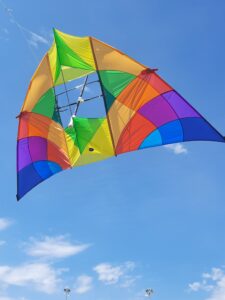
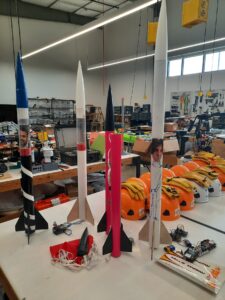
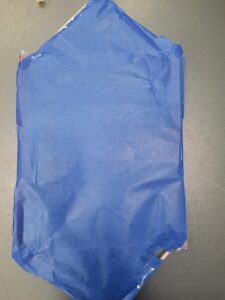
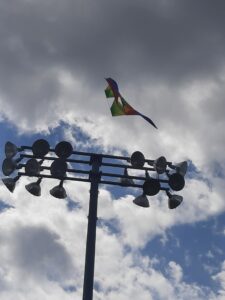
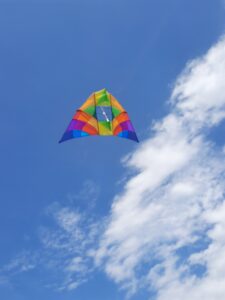
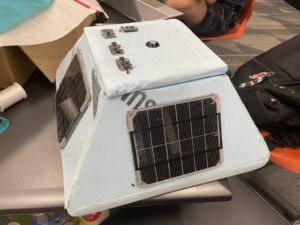
There are no comments published yet.